Education



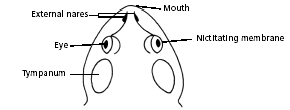
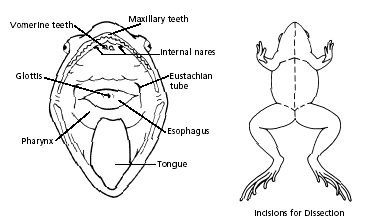
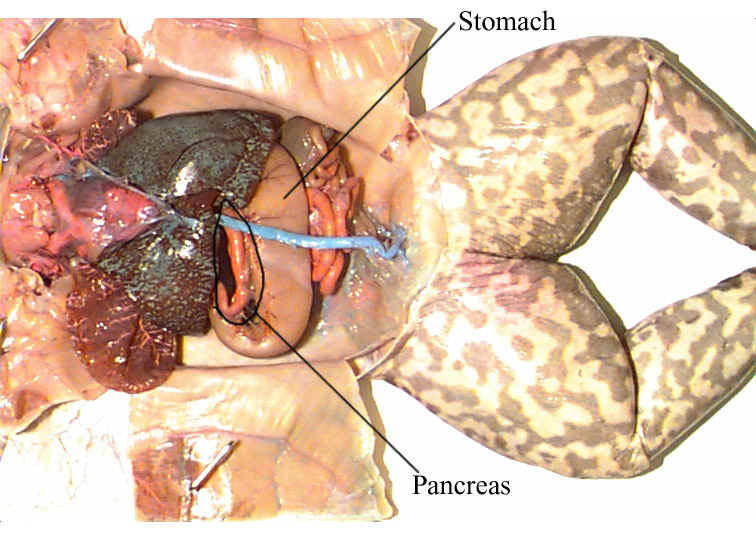
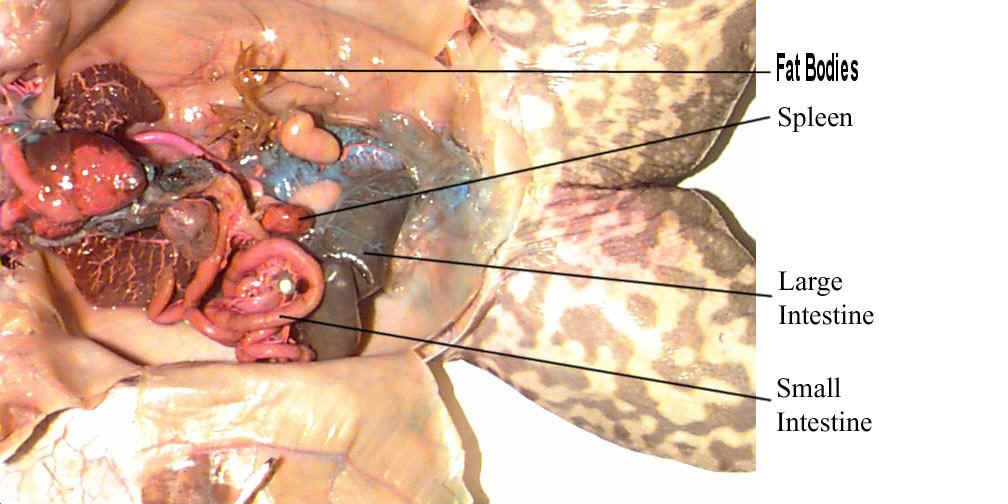
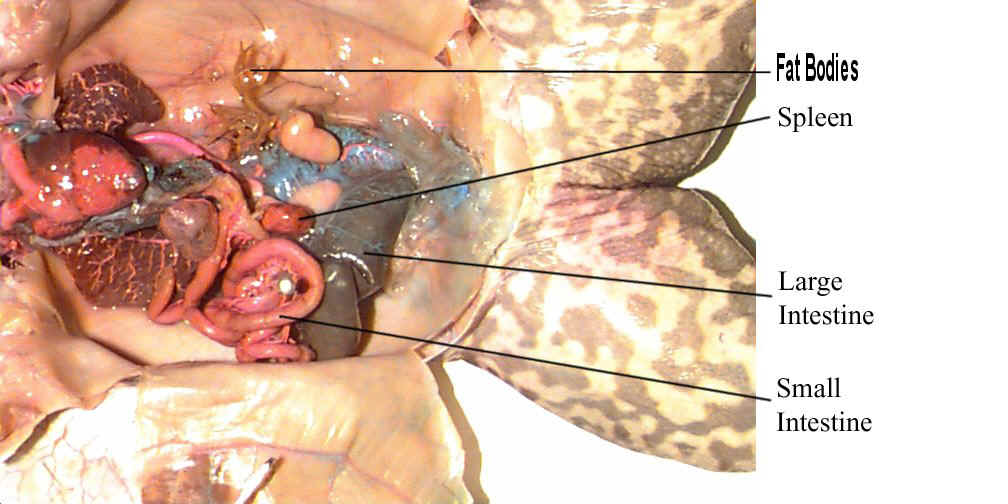
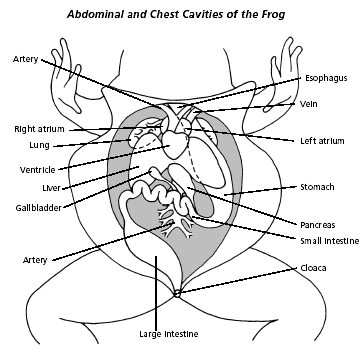

- Why Are Black Widow Males So Destructive?
We often hear about animals where the males mate with multiple females. However, many animals have the opposite system, where a single female courts and mates many males. This type of mating system (polyandry) can lead to some pretty interesting...
- Iom Past Question With Answers For Mbbs Entrance Exam
See the most important entrance questions for mbbs ( medical) students :- 1. Immature proglotids of Taenia solium have: c) Vitelline follicles and shellgland but not glands d) Uterus but neither ovaries nor testes 2. Which one of the following insects...
- Entrance Exam Questions Of Class 11 (biology )
Question Option1 Option2 Option3 Option4 Answer Tapeworm has no digestive system because: it is a parasite it lives in intestine it doesn’t need food it absorbs its food from general body surface 4 Flatworms are devoid of: Circulatory...
- About Earthworm
An earthworm is a tube-shaped, segmented animal commonly found living in soil, that feeds on live and dead organic matter. Its digestive system runs through the length of its body. It conducts respiration through its skin. An earthworm has a double transport...
- Blood Circulation Discovery By Ibnu Nafis
Ibnu Nafis perhaps one of the greatest cardiologists of the Arab-Islamic civilization and pre-modern time. Ala-al-Din Abu al-Hasan Ali Ibn Abi al-Hazm al-Qarshi al-Dimashqi (known as Ibn Al-Nafis) was born in 1213 A.D. in a small town near Damascus. He...
Education
Frog Dissection
Background:
As members of the class Amphibia, frogs may live some of their adult lives on land, but they must return to water to reproduce. Eggs are laid and fertilized in water. On the outside of the frog’s head are two external nares, or nostrils; two tympani, or eardrums; and two eyes, each of which has three lids. The third lid, called the nictitating membrane, is transparent. Inside the mouth are two internal nares, or openings into the nostrils; two vomerine teethin the middle of the roof of the mouth; and two maxillary teeth at the sides of the mouth. Also inside the mouth behind the tongue is the pharynx, or throat.
As members of the class Amphibia, frogs may live some of their adult lives on land, but they must return to water to reproduce. Eggs are laid and fertilized in water. On the outside of the frog’s head are two external nares, or nostrils; two tympani, or eardrums; and two eyes, each of which has three lids. The third lid, called the nictitating membrane, is transparent. Inside the mouth are two internal nares, or openings into the nostrils; two vomerine teethin the middle of the roof of the mouth; and two maxillary teeth at the sides of the mouth. Also inside the mouth behind the tongue is the pharynx, or throat.
In the pharynx, there are several openings: one into the esophagus, the tube into which food is swallowed; one into the glottis, through which air enters the larynx, or voice box; and two into the Eustachian tubes, which connect the pharynx to the ear. The digestive system consists of the organs of the digestive tract, or food tube, and the digestive glands. From the esophagus, swallowed food moves into the stomach and then into the small intestine. Bile is a digestive juice made by the liver and stored in the gallbladder. Bile flows into a tube called the common bile duct, into which pancreatic juice, a digestive juice from the pancreas, also flows. The contents of the common bile duct flow into the small intestine, where most of the digestion and absorption of food into the bloodstream takes place.
Indigestible materials pass through the large intestine and then into the cloaca, the common exit chamber of the digestive, excretory, and reproductive systems. The respiratory system consists of the nostrils and the larynx, which opens into two lungs, hollow sacs with thin walls. The walls of the lungs are filled with capillaries, which are microscopic blood vessels through which materials pass into and out of the blood. The circulatory system consists of the heart, blood vessels, and blood. The heart has two receiving chambers, or atria, and one sending chamber, or ventricle. Blood is carried to the heart in vessels called veins. Veins from different parts of the body enter the right and left atria. Blood from both atria goes into the ventricle and then is pumped into the arteries, which are blood vessels that carry blood away from the heart.
The urinary system consists of the frog’s kidneys, ureters, bladder, and cloaca. The kidneys are organs that excrete urine. Connected to each kidney is a ureter, a tube through which urine passes into the urinary bladder, a sac that stores urine until it passes out of the body through the cloaca. The organs of the male reproductive system are the testes, sperm ducts, and cloaca. Those of the female system are the ovaries, oviducts, uteri, and cloaca. The testes produce sperm, or male sex cells, which move through sperm ducts, tubes that carry sperm into the cloaca, from which the sperm move outside the body. The ovariesproduce eggs, or female sex cells, which move through oviducts into the uteri, then through the cloaca outside the body.
The central nervous system of the frog consists of the brain, which is enclosed in the skull, and the spinal cord, which is enclosed in the backbone. Nerves branch out from the spinal cord. The frog’s skeletal and muscular systems consist of its framework of bones and joints, to which nearly all the voluntary muscles of the body are attached. Voluntary muscles, which are those over which the frog has control, occur in pairs of flexors and extensors. When a flexor of a leg or other body part contracts, that part is bent. When the extensor of that body part contracts, the part straightens.

Objectives:
• Describe the appearance of various organs found in the frog.
• Name the organs that make up various systems of the frog.
• Describe the appearance of various organs found in the frog.
• Name the organs that make up various systems of the frog.
Purpose:
In this lab, you will dissect a frog in order to observe the external and internal structures of frog anatomy.
In this lab, you will dissect a frog in order to observe the external and internal structures of frog anatomy.

Materials:
• safety goggles, gloves, and a lab apron
• forceps
• preserved frog
• dissecting pins (6–10)
• dissecting tray and paper towels
• plastic storage bag and twist tie
• scissors
• marking pen
• dissecting needle
• safety goggles, gloves, and a lab apron
• forceps
• preserved frog
• dissecting pins (6–10)
• dissecting tray and paper towels
• plastic storage bag and twist tie
• scissors
• marking pen
• dissecting needle

Procedure:
- Put on safety goggles, gloves, and a lab apron.
- Place a frog on a dissection tray. To determine the frog’s sex, look at the hand digits, or fingers, on its forelegs. A male frog usually has thick pads on its "thumbs," which is one external difference between the sexes, as shown in the diagram below. Male frogs are also usually smaller than female frogs. Observe several frogs to see the difference between males and females.
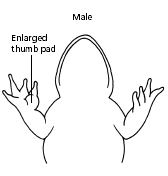 |  |
- Use the diagram below to locate and identify the external features of the head. Find the mouth, external nares, tympani, eyes, and nictitating membranes.

- Turn the frog on its back and pin down the legs. Cut the hinges of the mouth and open it wide. Use the diagram below to locate and identify the structures inside the mouth. Use a probe to help find each part: the vomerine teeth, the maxillary teeth, the internal nares, the tongue, the openings to the Eustachian tubes, the esophagus, the pharynx, and the slit-like glottis.

- Look for the opening to the frog’s cloaca, located between the hind legs. Use forceps to lift the skin and use scissors to cut along the center of the body from the cloaca to the lip. Turn back the skin, cut toward the side at each leg, and pin the skin flat. The diagram above shows how to make these cuts
- Lift and cut through the muscles and breast bone to open up the body cavity. If your frog is a female, the abdominal cavity may be filled with dark-colored eggs. If so, remove the eggs on one side so you can see the organs underlying them.
- Use the diagram below to locate and identify the organs of the digestive system: esophagus, stomach, small intestine, large intestine, cloaca, liver, gallbladder, and pancreas.



- Again refer to the diagram below to identify the parts of the circulatory and respiratory systems that are in the chest cavity. Find the left atrium, right atrium, and ventricle of the heart. Find an artery attached to the heart and another artery near the backbone. Find a vein near one of the shoulders. Find the two lungs.

- Use a probe and scissors to lift and remove the intestines and liver. Use the diagram on the next page to identify the parts of the urinary and reproductive systems. Remove the peritoneal membrane, which is connective tissue that lies on top of the red kidneys. Observe the yellow fatbodies that are attached to the kidneys. Find the ureters; the urinary bladder; the testes and sperm ducts in the male; and the ovaries, oviducts, and uteri in the female.

- Remove the kidneys and look for threadlike spinal nerves that extend from the spinal cord. Dissect a thigh, and trace one nerve into a leg muscle. Note the size and texture of the leg muscles.
- Dispose of your materials according to the directions from your teacher.
- Clean up your work area and wash your hands before leaving the lab.You are given these worksheets for practice :Frog Dissection Worksheet
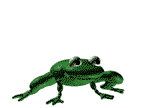
- What do you think is the function of the nictitating membrane, and why?
- A frog does not chew its food. What do the positions of its teeth suggest about how the frog uses them?
- Trace the path of food through the digestive tract.
- Trace the path of blood through the circulatory system, starting at the right atrium.
- Trace the path of air through the respiratory system.
- Trace the paths of sperm in a male and eggs in a female.
- Trace the path of urine in both sexes.
- Which parts of the frog’s nervous system can be observed in its abdominal cavity and hind leg?
- Suppose in a living frog the spinal nerve extending to the leg muscle were cut. What ability would the frog lose? Why?
- The abdominal cavity of a frog at the end of hibernation season would contain very small fat bodies or none at all. What is the function of the fat bodies?
- Structures of an animal’s body that fit it for its environment are adaptations. How do the frog’s powerful hind legs help it to fit into a life both in water and on land?
- During one mating of frogs, the female lays some 2,000 to 3,000 eggs in water as the male sheds millions of sperm over them. How do these large numbers relate to the frog’s fitness for life in water?
- Why Are Black Widow Males So Destructive?
We often hear about animals where the males mate with multiple females. However, many animals have the opposite system, where a single female courts and mates many males. This type of mating system (polyandry) can lead to some pretty interesting...
- Iom Past Question With Answers For Mbbs Entrance Exam
See the most important entrance questions for mbbs ( medical) students :- 1. Immature proglotids of Taenia solium have: c) Vitelline follicles and shellgland but not glands d) Uterus but neither ovaries nor testes 2. Which one of the following insects...
- Entrance Exam Questions Of Class 11 (biology )
Question Option1 Option2 Option3 Option4 Answer Tapeworm has no digestive system because: it is a parasite it lives in intestine it doesn’t need food it absorbs its food from general body surface 4 Flatworms are devoid of: Circulatory...
- About Earthworm
An earthworm is a tube-shaped, segmented animal commonly found living in soil, that feeds on live and dead organic matter. Its digestive system runs through the length of its body. It conducts respiration through its skin. An earthworm has a double transport...
- Blood Circulation Discovery By Ibnu Nafis
Ibnu Nafis perhaps one of the greatest cardiologists of the Arab-Islamic civilization and pre-modern time. Ala-al-Din Abu al-Hasan Ali Ibn Abi al-Hazm al-Qarshi al-Dimashqi (known as Ibn Al-Nafis) was born in 1213 A.D. in a small town near Damascus. He...
